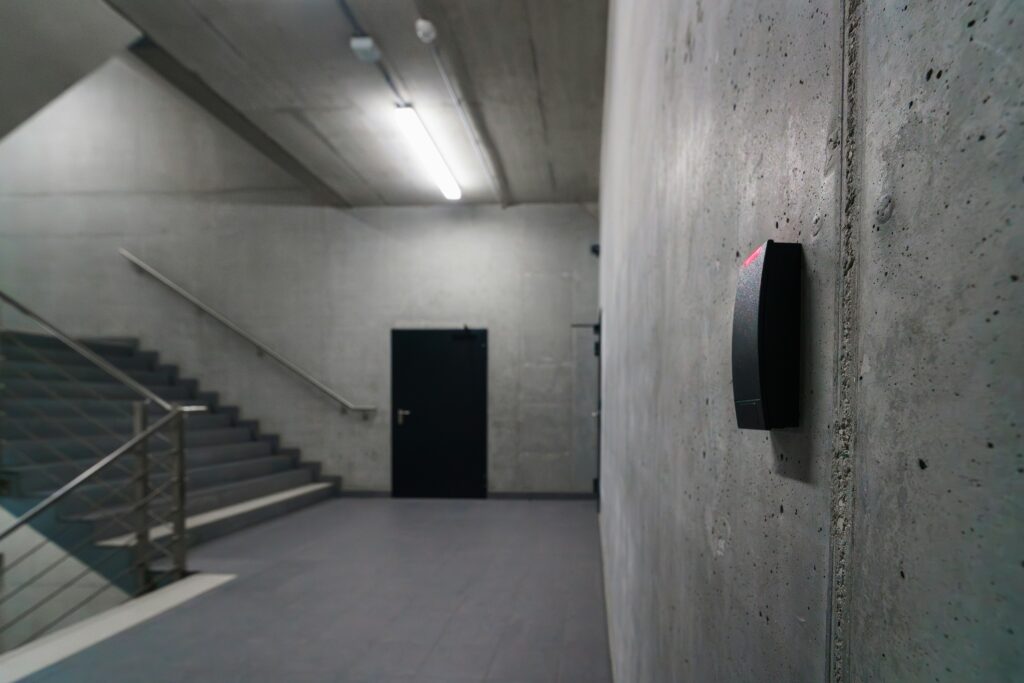Introduction
Building automation has emerged as a transformative solution for modern facilities, enabling seamless management of building systems to enhance efficiency and reduce operational costs. At its core, a Building Automation System (BAS) integrates various components, such as lighting, HVAC (heating, ventilation, and air conditioning), and security systems, under one unified platform. This innovative approach not only streamlines operations but also addresses growing concerns about energy consumption and environmental impact.
In this article, we delve into the key ways building automation can save energy usage, improve efficiency, and significantly lower costs for building owners and managers.
Why Energy Efficiency Matters
Energy efficiency is a pressing concern for building managers and property owners. It goes beyond just cutting costs—it encompasses environmental responsibility and adherence to growing regulatory demands. Here, we examine why energy efficiency should be a top priority.
Environmental Impact of Energy Usage in Buildings
Buildings account for a significant portion of global energy consumption, with commercial buildings alone consuming nearly 40% of the total energy in many developed nations. This extensive usage contributes to carbon emissions, making energy efficiency a critical focus for building managers seeking to align with global sustainability goals.
Rising Energy Costs and Regulatory Pressures
Energy costs continue to rise due to increasing demand and resource constraints. For building owners, these escalating costs put pressure on operational budgets. Simultaneously, governments worldwide are implementing stricter regulatory frameworks to ensure energy efficiency in commercial buildings. For instance, the UAE has introduced energy performance standards to reduce emissions in large facilities, underscoring the importance of energy-efficient building systems.
Eye-Opening Statistics
- 30% of energy consumed in commercial buildings is wasted due to inefficiencies (U.S. Department of Energy).
- Buildings equipped with BAS can achieve energy savings of 20-40%, depending on their implementation.
How Building Automation Can Save Energy Consumption
Building automation systems (BAS) are designed to tackle energy inefficiencies by offering precise control and monitoring of building systems. Each component plays a crucial role in reducing energy consumption. Below, we explore these contributions in detail.
Automated HVAC Control
HVAC systems are often the largest consumers of energy in commercial buildings. With building automation, these systems can:
- Optimise temperature settings based on occupancy patterns and weather conditions.
- Adjust airflow and ventilation to meet specific indoor air quality standards.
- Schedule heating and cooling cycles to operate during peak usage hours and shut off when rooms are unoccupied.
These advanced controls ensure energy is used efficiently without compromising occupant comfort.
Smart Lighting Solutions
Lighting accounts for approximately 20-30% of a building’s energy consumption. Smart lighting solutions integrated into BAS include:
- Occupancy Sensors: Automatically turn lights on and off based on room usage.
- Timed Controls: Customise lighting schedules to match business hours or specific events.
- Dimming Capabilities: Adjust light levels based on natural light availability, reducing electricity usage.
By implementing these features, building managers can drastically lower energy usage while maintaining optimal lighting conditions.
Real-Time Energy Monitoring
Real-time monitoring is a cornerstone of building automation systems. Using sensors and connected devices, BAS provides actionable insights into:
- Current energy consumption levels.
- Anomalies or inefficiencies in building systems.
- Opportunities for energy optimisation.
Building managers can make informed decisions to address energy wastage promptly, leading to significant energy savings.
Predictive Maintenance
By leveraging sensor data, building automation systems can predict when equipment is likely to fail or require maintenance. This proactive approach prevents costly breakdowns and ensures systems operate at peak efficiency. Benefits include:
- Extended equipment lifespan.
- Fewer unplanned disruptions.
- Lower overall maintenance costs.
Cost-Saving Benefits of Building Automation
The financial advantages of building automation extend beyond energy savings. Let’s explore the broader cost-saving benefits that come with adopting this technology.
Reduced Utility Bills
Efficient management of building systems directly translates to lower energy consumption, leading to reduced utility bills. Automated controls optimise every aspect of a building’s operations, ensuring no energy is wasted.
Lower Maintenance and Operational Costs
With predictive maintenance and system diagnostics, building automation systems help avoid expensive emergency repairs. Additionally, centralised management reduces the time and resources required for manual monitoring and adjustments.
Increased Equipment Lifespan
By minimising overuse and addressing issues proactively, BAS ensures that critical equipment like HVAC systems, lighting fixtures, and sensors remain functional for longer periods. This reduces capital expenditure on replacements and upgrades.
Conclusion
Building automation is no longer a luxury but a necessity for modern facilities. By integrating advanced systems that optimise energy usage, provide actionable insights, and support predictive maintenance, building managers can significantly enhance efficiency and reduce costs. Moreover, adopting building automation contributes to a greener, more sustainable environment.
If you’re looking to transform your building’s energy management with cutting-edge automation solutions, contact Kew Solutions today. Our expertise in building automation systems ensures tailored solutions that meet your specific needs and drive substantial savings.
For more information on our services, visit our Building Automation Solutions page, Contact us or Book a call.









